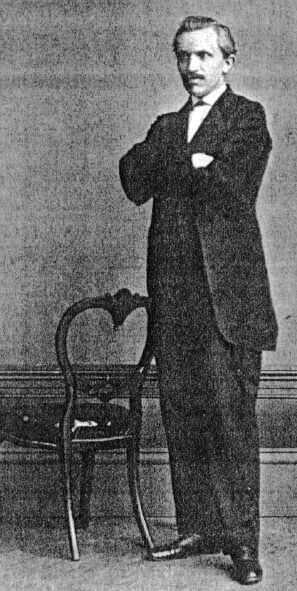Albert Marth facts for kids
Albert Marth (born May 5, 1828 – died August 6, 1897) was a German astronomer. He spent much of his life working in Britain and Ireland. He is known for finding new nebulae, an asteroid, and even some galaxies!
Contents
Life and Discoveries
Early Life and Education
Albert Marth was born in 1828. He first studied theology at the University of Berlin. But his true interest was in space and mathematics. This led him to study astronomy at the University of Königsberg. There, he learned from a well-known astronomer named C. A. F. Peters.
Working in England
In 1853, Marth moved to England. He began working for George Bishop. Mr. Bishop was a rich wine merchant who loved astronomy. He even had his own observatory in London. Finding paid jobs in astronomy was rare back then. So, this was a great opportunity for Marth.
Discoveries in Malta
Later, Marth became an assistant to another important astronomer, William Lassell. They worked together in Malta. While there, Marth discovered about 600 nebulae. Nebulae are huge clouds of dust and gas in space. He also found one of the first asteroids ever discovered, named 29 Amphitrite. He also found the galaxies NGC 3, NGC 4, and NGC 15.
Studying Double Stars
Albert Marth also studied double stars. These are two stars that appear very close together in the sky. He discovered NGC 30 in 1864, which is another example of a double star.
Work in Ireland
From 1883 to 1897, Marth worked at the Markree Observatory in County Sligo, Ireland. He was the second director of this observatory during its second period of operation.
Predicting Planetary Movements
Marth was very good at calculating the movements of objects in our Solar System. These calculations are called ephemerides. He was especially skilled at predicting when one planet would pass in front of another from a different planet's view. For example, he predicted when Earth would appear to cross in front of the Sun if viewed from Mars.
Craters Named After Him
To honor his work, craters on the Moon and Mars are named after him. The crater Marth on the Moon is about 3 kilometers (about 2 miles) wide.
See also
 In Spanish: Albert Marth para niños
In Spanish: Albert Marth para niños


